Having a chicken house is an easy way of having some fun in the backyard. However, chicken houses need an adequate amount of free space to allow the chickens to move around freely and exercise.
In terms of actual square footage, it’s generally recommended that small chickens have at least 2 square feet of space per bird, while larger breeds should have at least 3 square feet.
Chickens need a minimum space to run around, but they also want some space to sleep where they feel comfortable. This article takes a closer look at how much space your hens need and whether or not you need that large coop.
How Much Space Do Chickens Need?
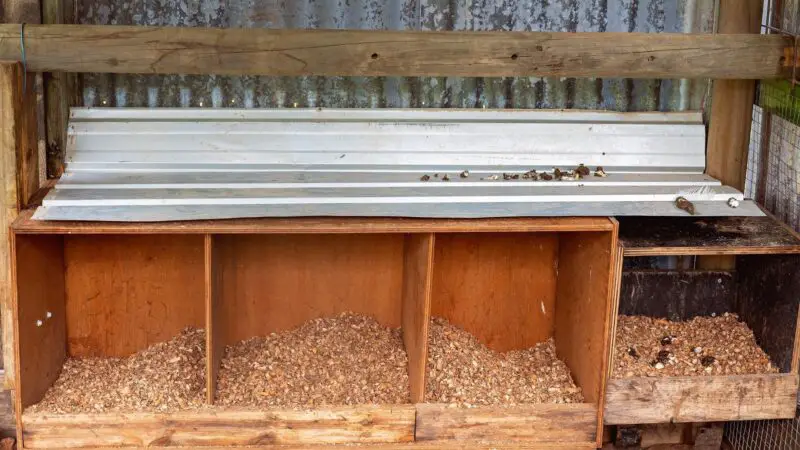
Your chicken coop needs to be big enough for optimal airflow while also being cozy and warm enough in the winter. Comfort and chicken’s health should be the top priority in determining how much free space they need.
If you don’t give each bird enough room, behavioral issues like cannibalism and pecking may develop.
The basic minimum area required for each bird varies on its breed, species, age, and access to the outdoors. If there is external access, but the weather does not permit year-round usage of the outdoor space, this will increase the need for indoor space.
The space requirements for backyard chickens are seldom mentioned in any peer-reviewed literature. There is no actual golden rule as to how much space should be allotted for any number of chickens. The majority of the space needs that have been developed are for systems of commercial manufacturing.
Do Different Chicken Breeds Require Different Space Requirements?
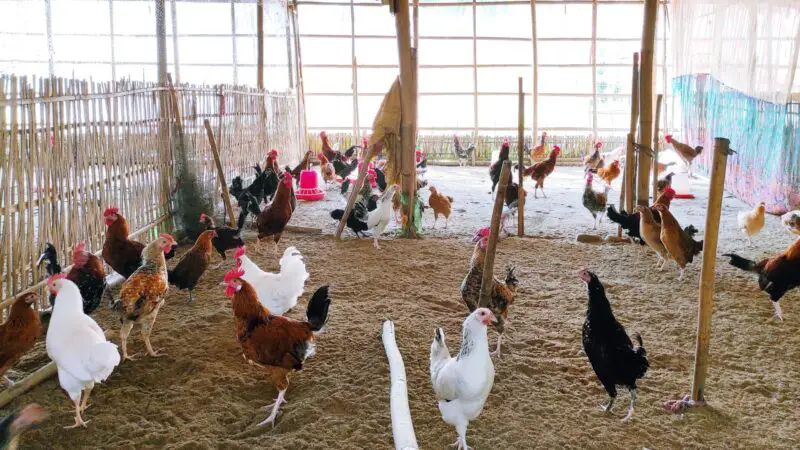
To keep your chickens healthy and happy, it’s important to provide them with enough space. Different breeds of chickens require different amounts of space, but all breeds need enough space to move around, lay eggs, and play. Chicken breeds vary in size and shape, but the amount of space required for each one depends on how many birds it can support.
For example, if you’re raising a large flock of chickens, such as ducks or guinea fowl, you’ll need plenty of space so that they can move around freely. If you’re raising a smaller flock of chickens—such as chickens or pheasants—you’ll need less space. A flock of these birds will require approximately 1×1 square foot (0.09 m²) per bird.
Some chicken breeds require larger coops than others. It’s not uncommon for some breeds to be housed in coops that are larger than their body size would suggest. So, if you’re keeping these breeds, it’s important to make sure you have enough room in your coop so they can move around freely and get up on their feet.
What Are the Main Problems That Overcrowding Can Cause?
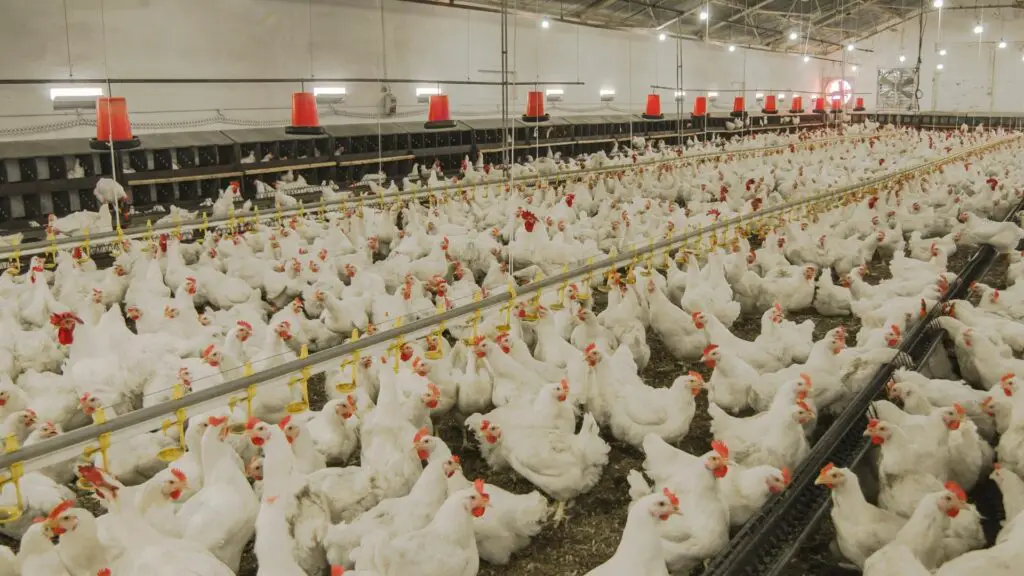
Overcrowding chickens can cause several problems. The most common problem is that overcrowding chickens can lead to disease.
When there are more than 150 birds per square foot, they will begin to fight and scratch each other, which can spread disease and make it harder for them to eat. The lack of space also makes it harder for them to move around and find food, which means they may not get enough nutrients or exercise.
Another problem with overcrowding is that it can lead to aggression and bullying from the weaker ones among the flock. This is especially common in commercial farms where there are large numbers of birds kept together in one area. They may be afraid of being picked on by others or simply do not know how else to express their emotions when they cannot see what’s going on around them.
What’s the Ideal Space for Chicken Coops and Nesting Boxes?
The ideal space for chicken coops and nesting boxes is under a roof, with access to fresh air and sunshine. If you have a house with an open floor plan, chances are your chickens will suffer from ventilation issues.
They’ll be exposed to extremes in temperature and humidity, which can cause respiratory problems. It’s also important to keep an eye on the amount of sunlight your chickens get. If they don’t get enough sun exposure, their eggs may not be fertile.
If you have a garden or yard that’s close enough to your house so you can easily monitor the weather conditions in your flock’s environment, then it makes sense to have them outside. But if you’re going to have them inside at all times, then they need access to fresh air and sunshine.
The ideal space for chicken coops and nesting boxes is a place that is sheltered from the wind but also warm enough in the winter and cool enough in the summer.
You want to be able to provide shade for your birds during times when they are hot, but also make sure that they have access to sunlight when it’s not so warm. Keeping their living area dry helps prevent disease, and having a small pool of water available will help them keep clean.
If you live in an area where there are many predators, such as foxes or hawks, then it’s best if you build your coop away from any trees where they might try to nest. This will help protect your chickens from predators and make them feel more secure in their environment.
Related: How Big Should a Chicken Coop Be? | A Complete Guide
Chicken Breeds That Do Well With Less Space
Interestingly, there are a few chicken breeds that do well with less space.
Rhode Island Red
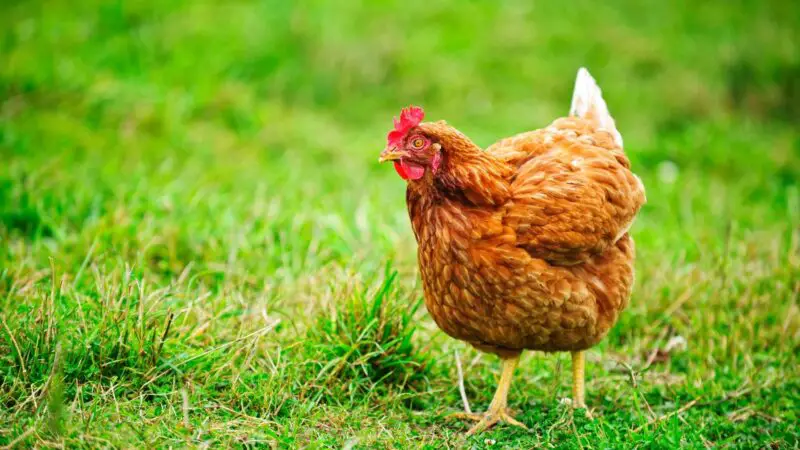
The Rhode Island Red is one of the best foragers in the chicken world. It’s also one of the best foragers because it’s so friendly. The Rhode Island Red was originally bred as a meat bird. It doesn’t require much space to live its best life. It can be kept in an apartment or on the second floor of a house with no problem at all.
Barred Rock
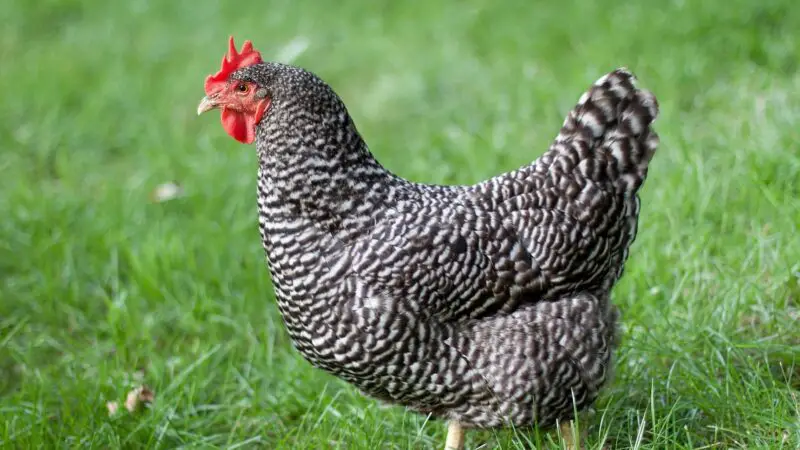
The Barred Rock is another breed that does well with less space. Barred Rocks are known for being friendly and for laying lots of eggs. They’re also good at keeping bugs out of their coop without using pesticides or other chemicals.
Cornish Game Hens
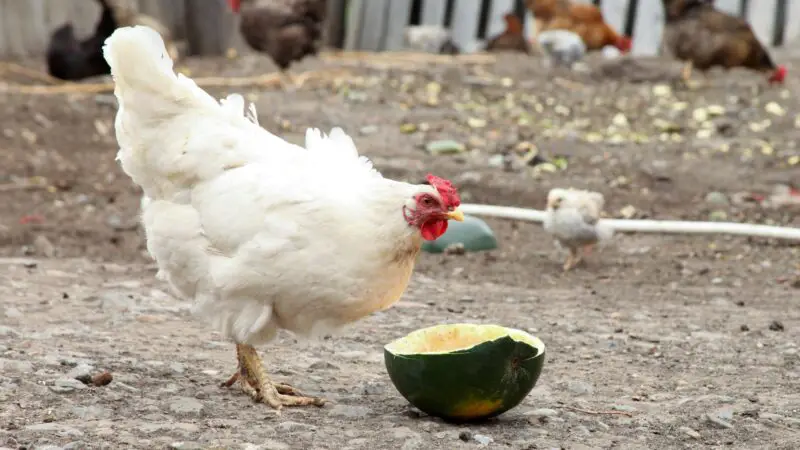
These chickens are very friendly. However, they can be noisy if left alone too long in their coop or run. This is especially during mating season when they make a lot of noise, as well as cluck loudly to attract mates from nearby flocks. They don’t require much room and can live in smaller coops than other breeds, which makes them an ideal breed for small yards or apartments!
Do Chickens Need a Coop?
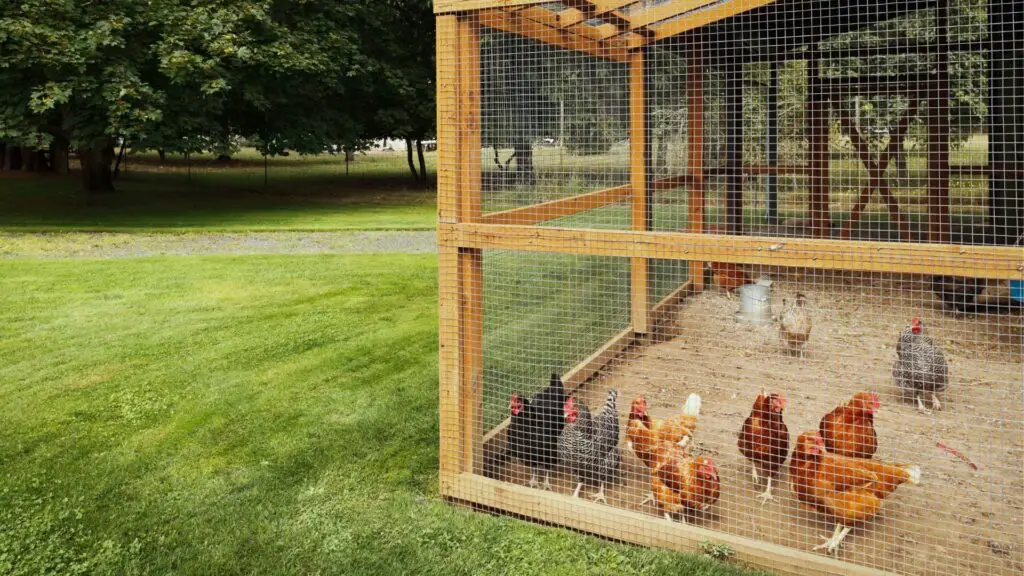
Chickens need a coop. They are social birds, which need to be kept in groups if they are to thrive. A coop gives your flock an area where they can live and get away from other chickens if necessary.
For example, if an old rooster wants to mate with a hen, he may chase her around to try to force her into mating with him. This can lead to fighting between the two of them, which is not healthy for either chicken or rooster. A coop gives each chicken its own space so that this doesn’t happen.
Coops also help prevent the disease from spreading through your flock. When chickens live close together and don’t have enough room to spread their wings, it becomes more likely that one chicken will contract a disease from another. This makes it harder for all of them to fight off the illness.
If you don’t have enough space for all of your chickens, you’re at risk of losing some or even all of them due to disease! Having them sheltered in a coop will also protect them from predators, especially at night.
Frequently Asked Questions
How Much Space Do You Need for 2 Chickens?
When you’re planning on housing two chickens, it’s important to know that there are a few things to keep in mind. The first thing to consider is the space itself. Chickens need a minimum of 2 square feet of space per chicken. You should make sure that the space is big enough for them to move around in, whether that means having multiple small pens or one larger pen with multiple levels.
Next, you’ll want to think about how much food they’ll need. Chickens are omnivores, which means they eat plants and meat, as well as grains and herbs. In most cases, two chickens will eat more than half a pound of food each day. So, if you’re feeding them twice a day, they’ll need at least two pounds of feed per week.
How Many Chickens Can You Put In a 4×8 Coop?
If you will use 2-3 sq ft. of space per chicken, then a 4×8 coop can hold up to 11-16 chickens.
How Many Chickens Do I Need for an 8×10 Coop?
An 8×10 sq ft. coop can hold up to 40 chickens, but it’s best to have a minimum of 25.
How Much Space Do I Need for 4 Chickens?
The amount of space you need for 4 chickens depends on their size. The largest chicken will likely require about 3 square feet of space, while the smallest chicken will need 2 square feet. You can estimate the amount of space needed by dividing your space by the number of chickens you plan to keep in it.
What Is the Minimum Space for a Chicken?
The minimum space for a chicken is at least 2 square feet. This might seem like a small space, but it’s enough to allow the chicken to move around, flap its wings, and stretch its legs. If you want your chicken to have lots of room to move around and play, you should consider setting up the area outdoors with a minimum space of 10 square feet per chicken.
Do You Need Permission to Keep Chickens?
Chickens are a great way to get your kids involved in the outdoors and teach them about responsibility. However, if you want to keep chickens in your yard, you’ll need permission from your landlord or homeowners association.
Chickens may be allowed in residential areas as long as they are kept in an area that is not visible from the street. This means they should have a coop or other structure that is not visible from the street itself.
You will also need to check with the local zoning board before you start keeping chickens since some areas do not allow this type of animal. If you live in an urban area, you may be able to get away with keeping a few chickens on a small property; however, if you want to keep more than six, then you will need to check with zoning officials first!
Can Chickens Stay In the Run All Day?
Chickens can stay in the run all day, and it’s not just because they’re chickens. Chickens are one of the few animals that can take a long time to digest their food and keep going for hours without having to stop for food or water. This is because chickens have a large crop called the gizzard, which stores food and grinds it up into small particles so it can be digested more easily.
The gizzard works like a sack that holds the food until it’s ready for digestion. So when you let your chicken out of its coop every morning, it doesn’t have to eat anything right away—it can save up its food until later in its day.
Being a chicken owner is fun, exciting, and rewarding. Whether you choose to raise your chickens in the backyard or on a farm, you will be needing to create space for them. Don’t let limited space be a deterrent in raising chickens for eggs. When creating a space for your chickens, consider size, location, and safety.
